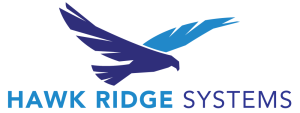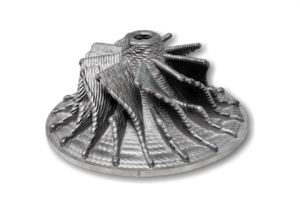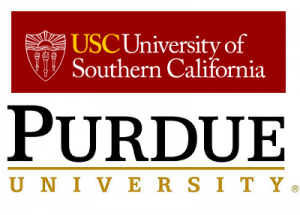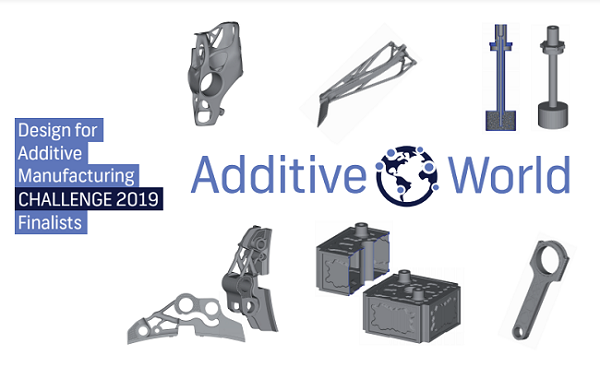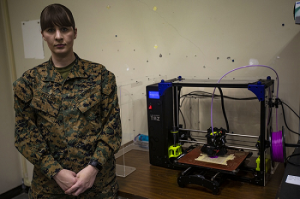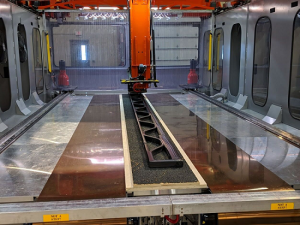 The aerospace industry is a trendsetter when it comes to manufacturing. It is a major industry that evolved its expertise into lighter material, efficient engines and overall safer machines. Leveraging high technologies and reducing time-to-market is essential for the field to move forward, especially with a close future in the commercial development of low Earth orbit (LEO) and beyond. NASA is now accelerating manufacturing needs in the US space sector by selecting three minority-serving institutions to advance aerospace manufacturing. The space agency announced last week that Tuskegee University, in Alabama, will be one of three universities awarded grants through its Minority University Research and Education Project (MUREP). Part of NASA’s Office of STEM Engagement, MUREP partnered with the agency’s Aeronautics Research Mission Directorate to provide the students with the education and experience needed to help address manufacturing needs. Tuskegee will be looking into the impact of additive manufacturing on aerospace high-volume manufacturing and supply chain management.
The aerospace industry is a trendsetter when it comes to manufacturing. It is a major industry that evolved its expertise into lighter material, efficient engines and overall safer machines. Leveraging high technologies and reducing time-to-market is essential for the field to move forward, especially with a close future in the commercial development of low Earth orbit (LEO) and beyond. NASA is now accelerating manufacturing needs in the US space sector by selecting three minority-serving institutions to advance aerospace manufacturing. The space agency announced last week that Tuskegee University, in Alabama, will be one of three universities awarded grants through its Minority University Research and Education Project (MUREP). Part of NASA’s Office of STEM Engagement, MUREP partnered with the agency’s Aeronautics Research Mission Directorate to provide the students with the education and experience needed to help address manufacturing needs. Tuskegee will be looking into the impact of additive manufacturing on aerospace high-volume manufacturing and supply chain management.
“In recent years, the U.S. aerospace industry has struggled to meet the growing global demand for aircraft and parts, resulting in all-time-high order backlogs, unsustainable spare parts inventories, and lost opportunities for growth,” explained Firas Akasheh, an associate professor of mechanical engineering at Tuskegee University and leader of the project as its principal investigator.
 Through the project, entitled Impact of Additive Manufacturing on Aerospace High-Volume Manufacturing and Supply Chain Management: Workforce Alignment through Research and Training, faculty researchers and students at Tuskegee will collaborate with the Bell Helicopter team, an American aerospace manufacturer headquartered in Fort Worth, Texas. Together, they will analyze current manufacturing and supply chain practices and develop executable 3D manufacturing plans for both helicopter and drone applications. In the drone track, university researchers will incorporate 3D printing into the design, build and test phases to improve the functionality and performance of these aircraft. The work will be conducted in increments to allow for continuous assessment of the quality performance of 3D printed parts.
Through the project, entitled Impact of Additive Manufacturing on Aerospace High-Volume Manufacturing and Supply Chain Management: Workforce Alignment through Research and Training, faculty researchers and students at Tuskegee will collaborate with the Bell Helicopter team, an American aerospace manufacturer headquartered in Fort Worth, Texas. Together, they will analyze current manufacturing and supply chain practices and develop executable 3D manufacturing plans for both helicopter and drone applications. In the drone track, university researchers will incorporate 3D printing into the design, build and test phases to improve the functionality and performance of these aircraft. The work will be conducted in increments to allow for continuous assessment of the quality performance of 3D printed parts.
Akasheh will lead a multidisciplinary research team that includes co-principal investigators Vascar Harris, a professor of aerospace science engineering; Mohammad Hossain, an associate professor of mechanical engineering; and Mandoye Ndoye, an assistant professor of electrical and computer engineering.
During the next two years, the project will provide students with innovative opportunities to learn about designing and building aerospace parts using high-volume manufacturing practices, as well as supply chain management. It will also help Tuskegee’s College of Engineering expand its existing additive manufacturing facilities and capabilities for the benefit of future academic and research efforts.
“3D printing offers an incredible advantage to current manufacturing shortfalls that risk the nation’s aerospace industry maintaining its competitive edge and meeting its strategic requirements,” Akasheh continued.
Indeed, Akasheh is on the right track: a 2019 Ernst and Young report suggests that aerospace and defense players are also increasingly adopting digital and advanced manufacturing technologies in the design and production of their products. Advanced manufacturing technologies, such as 3D printing, help them reduce supply chain lead time, improve reliability and productivity, and simplify designs. For example, to further enhance its advanced manufacturing capabilities, GE announced the acquisitions of Europe-based Arcam AB and Concept Lasers and is establishing a “GE Additive Customer Experience Center” in Germany. Among original equipment manufacturers (OEMs), Boeing has about 50,000 3D printed parts flying on its commercial, space, and military products. Airbus, on the other hand, is focusing on using AM for not only prototyping and parts manufacturing for a wide range of aircraft, but also for spare parts solutions. Simplifying engineering by using can improve time-to-market, quality, product reuse, significantly cut costs, and supply chain complexity.
Other minority-serving institutions funded through this NASA cooperative include the University of Texas at El Paso that proposed a southwest alliance for aerospace and defense manufacturing and talent development, and Virginia State University, in Petersburg, that will create a pilot program to advance all fronts of manufacturing in the sector.
The MUREP Aerospace High-Volume Manufacturing and Supply Chain Management Cooperative will provide almost $1.5 million to fund curriculum-based learning, research, training, internships, and apprenticeships at all three institutions to meet the growing demand for expertise and techniques in high-volume aerospace manufacturing.
For more than a decade, MUREP investments have enhanced the academic, research and technological capabilities of minority-serving institutions through multiyear grants. These institutions recruit and retain underrepresented and underserved students — including women, girls, veterans, and persons with disabilities — into STEM fields. Out of the total 3,289 enrolled students at Tuskegee, 62% are women, while 80% are Black. Encouragement and incentives are a great way to get people interested in the field of study. Additionally, if the gender gap in STEM careers will close sometime in the next 50 years, it will be with initiatives like MUREP that help us do it.
[Image credits: NASA and Tuskegee University]
The post Tuskegee University Selected by NASA to Advance Additive Manufacturing in Aerospace appeared first on 3DPrint.com | The Voice of 3D Printing / Additive Manufacturing.



